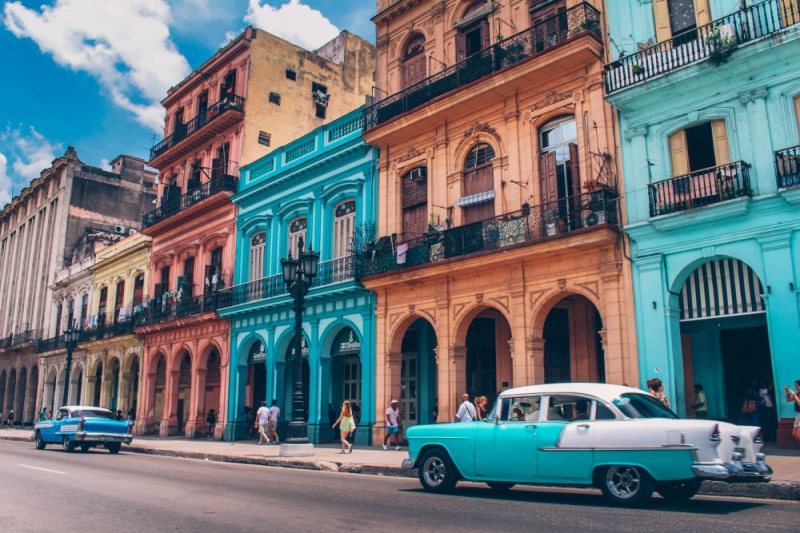
Not everyone knows that there is not a single supermarket in Cuba (in our usual sense),
most products are sold with coupons, the famous Havana Club rum is drunk by the poor, and the most beautiful beaches are not in Varadero, but in Maria La Gorda. And that’s not all.
Currency
There are two types of currencies in use in Cuba: cookies (CUC) and Cuban pesos or cupas (CUP). Cookies are for tourists, kupas are for Cubans. The exchange rate for cookies is the same throughout the country and is approximately equal to one dollar. It makes sense to buy cookies in large hotels; this will save you from huge queues at city exchange offices.
You can’t just buy kupami, since they are not intended for tourists, but if you’re lucky, they can give you change in the store. One kuk is equal to approximately 25 kupas. Externally, the currencies are very similar, only the cookies are brighter and the kupas are paler.
Kookas are convenient for paying for hotels, gasoline and restaurants, but with kupas it is profitable to buy bread, vegetables, fruits, as well as any products that are mainly intended not for tourists, but for the local population. When paying with cookies, the price of the product can be four times higher!
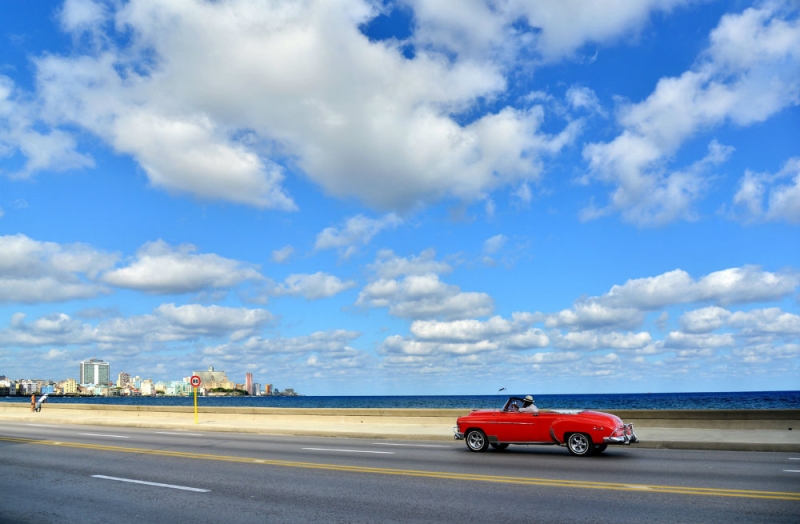
Transport
Public transport in Cuba is rather poorly developed; Cubans themselves prefer to hitchhike, which is very popular here. The taxi mainly consists of retro cars, which are good not only for their intended purpose – driving along Cuban roads, but also as a generator of likes on Instagram and Facebook.
You can rent a vintage car only with a driver. There is absolutely no need to go to a special agency to buy such a car; owners of rare cars offer their services everywhere. On average, a trip over a distance of 10 kilometers will cost 5 cookies (≈ 300 rubles). When traveling a longer distance, it makes sense to bargain.
Renting a regular car is quite difficult, especially when it comes to high season. The queue for a car will be a week at best, so you should take care of the car in advance.
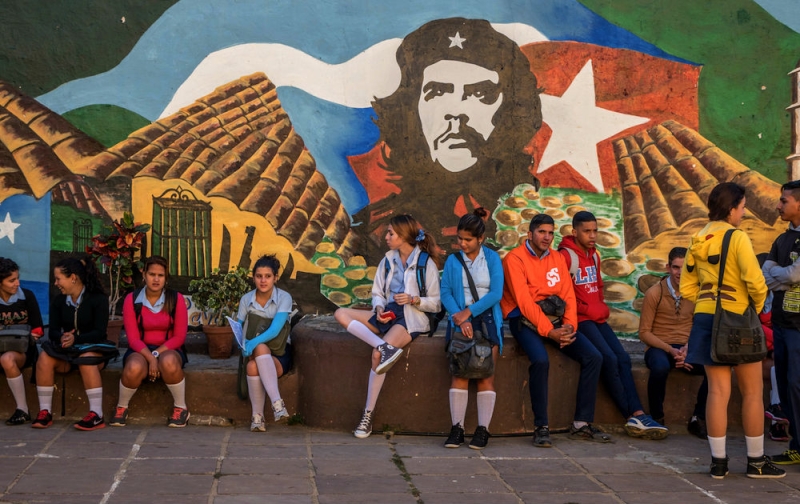
Internet and cellular communications
The Internet in Cuba is only available in expensive hotels; it is almost impossible to find it anywhere else. Therefore, when planning an independent trip around the island, you should not count on the help of the World Wide Web; it is better to plan a route in advance.
Regarding Wi-Fi. In fact, there is an option to get it, quite specific. In big cities, such as Santiago or Havana, in some places you can see crowds of young people. They are all on their phones. If you stay next to them, after a while a Cuban will come up to you and quietly say: Wi-Fi. You can give him 10 cookies (600 rubles for 1 hour!),
and it will connect the phone to the Internet. But the speed, of course, is terrible.
The situation with cellular communications is no better. Only a Cuban can buy a SIM card in Cuba, so it makes sense to connect to a travel-friendly tariff from the national operator before your trip.
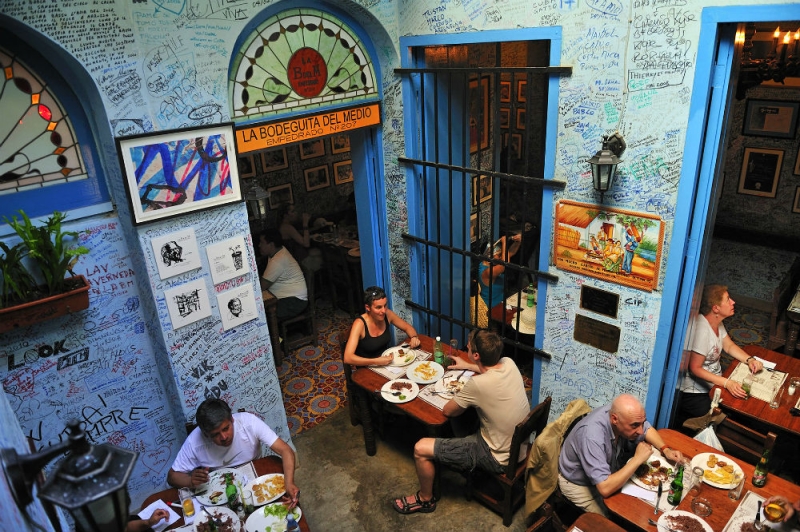
Food
In restaurants and cafes throughout the island you can try national Cuban cuisine, which is a special mix of Spanish, Chinese, African and Latin American culinary traditions. The only problem with most good restaurants is that you have to wait a very long time for the dish.
There are no supermarkets in Cuba, there are shops, for example, in Havana, where you can buy tomato paste, pasta, sunflower oil – and that’s all.
In the morning, always before lunch, fresh bread is sold in any city in Cuba, but to purchase it you need to stand in line. Meat products can only be purchased with coupons; persuading the seller to sell sausage for cookies is useless. Fresh cheese can be bought secondhand on the highway. The cheese seller can be seen from afar. He stands in the middle of the road with a large piece of cheese. He will sell it to you for one cookie and also give you a small package of jam. Cubans eat cheese by dipping it in jam – it turns out quite tasty. You can also buy melons, bananas, huge cucumbers and tomatoes on the route. Some gas stations sell canned food.
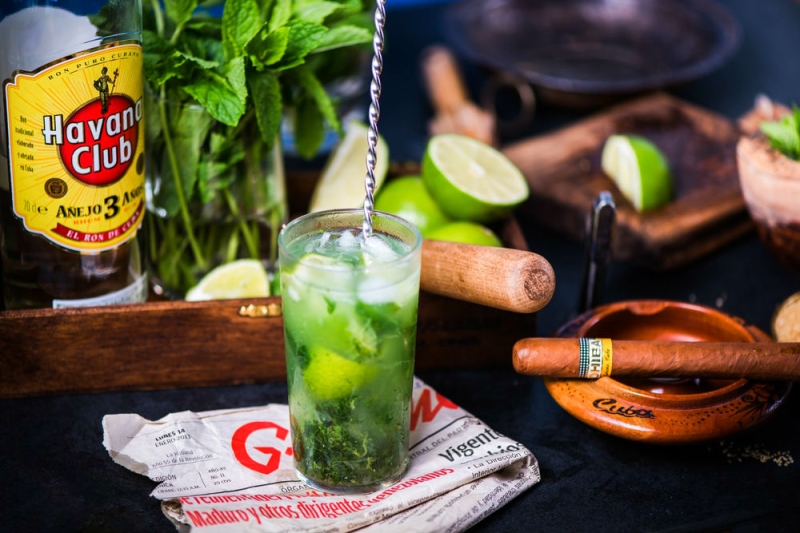
Drinks and cigars
Cuba is famous for its Havana Club rum. Depending on the age and volume, the price ranges from 1 to 8 cookies – in Cuba, rum is cheaper than water! Beggars drinking Havana Club on the street straight from bottles give a special flavor to any Cuban city.
Rum is sold absolutely everywhere: in stores, tents, gas stations, and you can buy it at any time of the day.
Cigars are sold at tobacco plantations, tobacco factories and many bars. The price for 20 cigars starts from 100 CUC.
On the street you can find something like cigars for one cook, but these are not cigars, but something like huge cigarillos, with the worst tobacco. The locals smoke them.
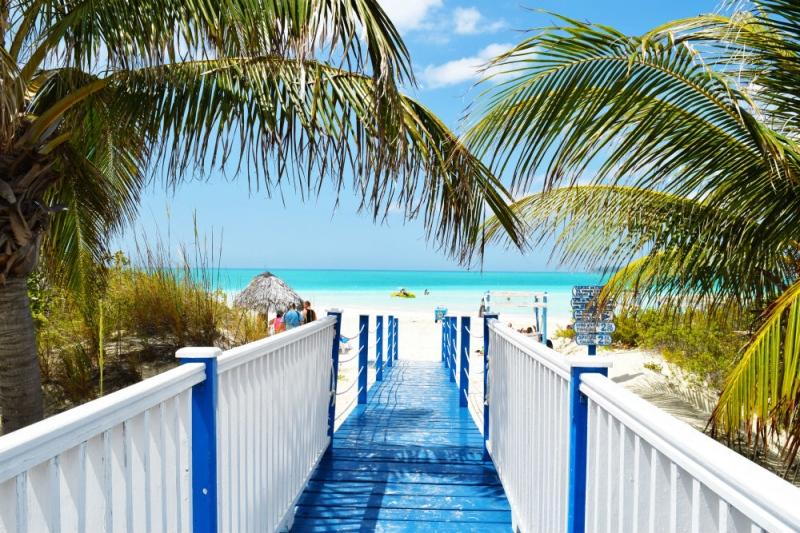
Beaches
Varadero is considered one of the best resorts in the entire Caribbean thanks to its developed infrastructure, snow-white beaches and clear sea water. But there is a place in Cuba that is no worse than Varadero, it is called Maria La Gorda and is located in the western part of Cuba, 300 kilometers from Havana, on the Guanacabibes Peninsula.
Maria La Gorda is a beach and international diving center located in the Peninsula de Guanaacabibes National Park. Here you can sunbathe on deserted white beaches and go diving. In ancient times, pirates chose the Guanacabibes Peninsula, as a result of which a large number of artifacts and remains of sunken ships have been preserved in the coastal waters of Maria La Gorda. The cost of one dive is 35 euros.
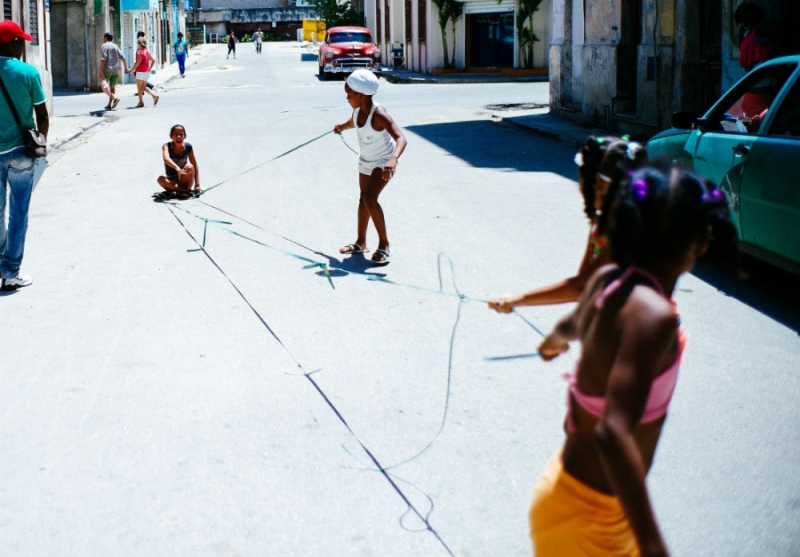
Population
Cubans are amazingly beautiful, cheerful and kind people. They treat tourists well, and especially Russian tourists. Cuba is more than a friendly country. But Cubans don’t like to work at all. When the sun sets, all work stops, Cubans go for a walk, dance, drink rum and enjoy life.
We can assume that dislike for work is associated not only with mentality, but also with very low wages, which are about 15-20 kuk (900 – 1180 rubles) per month. Even if a Cuban has his own business, for example, renting out an apartment or a private taxi, he is required to report his income to the state, so most of the money he earns goes directly to the state treasury.
Worth visiting
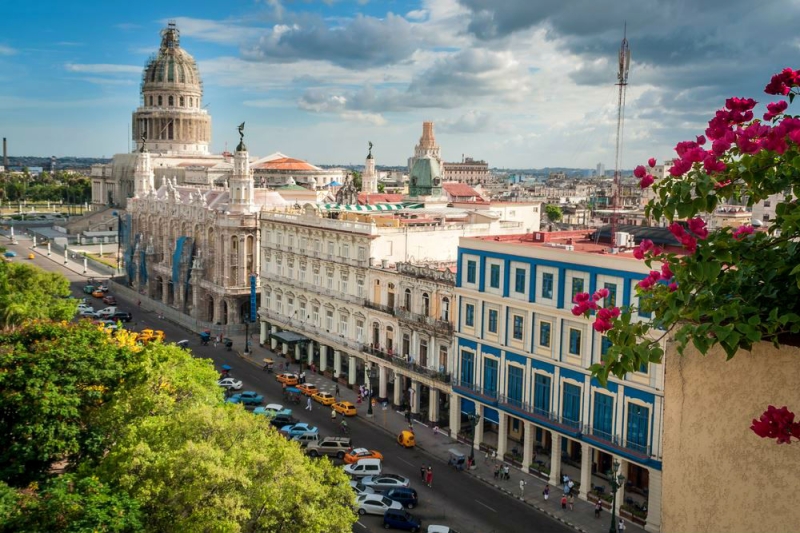
Havana – the heart of Cuba
A city that cannot leave anyone indifferent. The houses make a special impression. Bright, colorful with huge columns, but at the same time in a dilapidated state. Closer to the center, the houses look more or less decent, but the further from the center, the worse. But even in such dilapidated houses there is light in some windows.
And also Havana… smells. This is due to the lack of toilets and infrequent garbage collection, but this smell cannot be called irritating. Early in the morning, water sprinklers drive through the city streets, washing away the dirt left over from the night.
All day long, retro cars drive along the avenues of Havana, carrying tourists, jazz plays in bars in the evenings, and the best Havana bartenders prepare the most famous cocktail – Cuba libre.
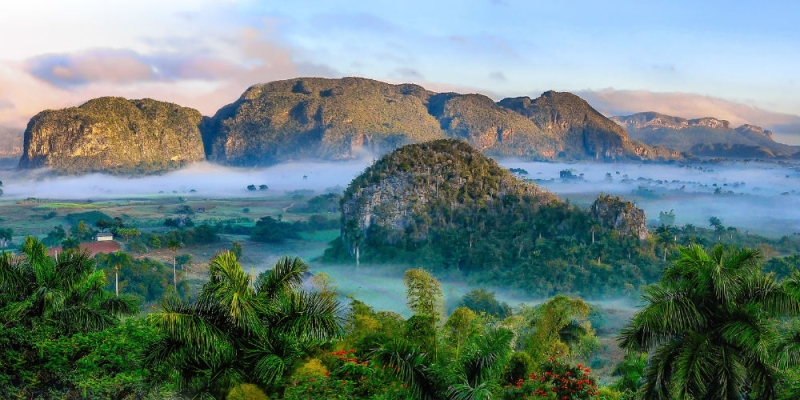
Vinales Valley – a picturesque valley among the mountains in western Cuba
The Viñales Valley is located 170 kilometers from Havana, in the western part of Cuba. You can get there by rented car, taxi, hitchhiking or public transport. Buses on the route “Havana – Viñales” run daily at 9:00 and then at 14:00. The trip lasts more than three hours, the ticket costs 15 cookies (890 rubles). Buses on the Viñales – Havana route make two trips daily: at 7:30 and then at 14:00.
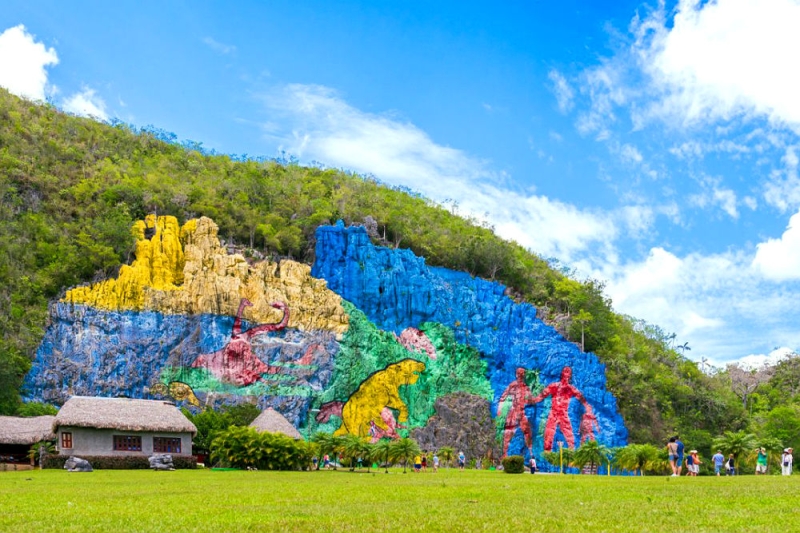
The valley is surrounded by the Sierra de Viñales mountain range, beautiful not only with its landscapes, but also with a huge fresco carved on one of the rocks of the valley, the location of which is better to check with local residents – there are no obvious signs to it.
Viñales was Fidel Castro’s favorite place. There are many walking trails through the valley, and no matter which one you take, you will be treated to vibrant scenery. You can find many caves in the mountains, and in the valley itself you can see a bright red sunset. Surprisingly, there are not many tourists in such a beautiful place.
You can move around the valley on foot, on horseback or by bicycle. You can also use the services of a guide.
You can get here completely free. You can also visit the tobacco plantations located in the valley for free.
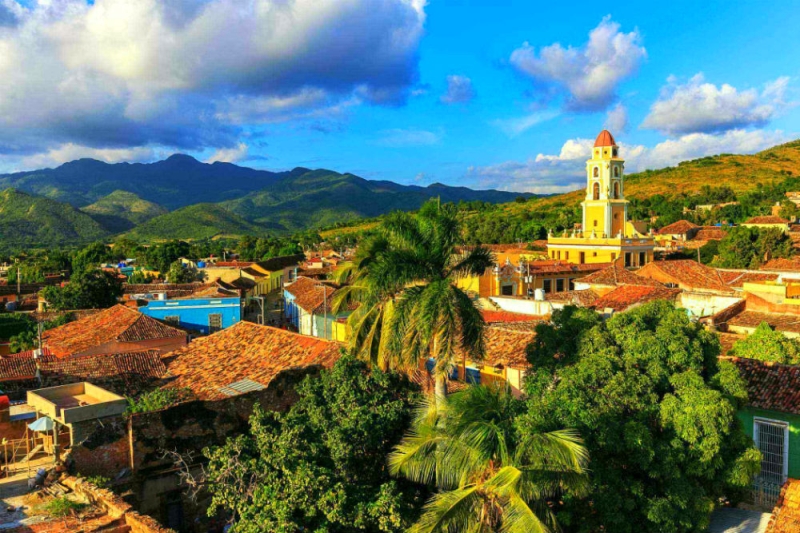
Trinidad
Trinidad is a city with more than 500 years of history, located 300 kilometers from Havana, in the south of the Cuban province of Sancti Spiritus. You can get there by rented car, taxi or hitchhiking.
The main attraction of the city is the central square Plaza Mayor. The square contains a large number of colonial-era buildings, as well as the largest church in Cuba, the Church of the Holy Trinity. All the houses in Trinidad are old, some of them have cafes and restaurants. I would like to note that Trinidad has the most impeccable service in restaurants, the most delicious cuisine and the lowest prices in Cuba.
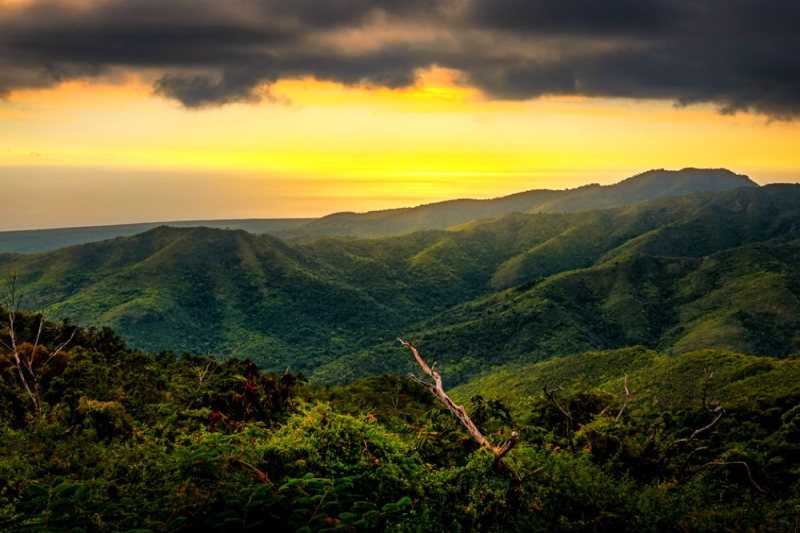
National Park Topes de Collantes
The huge picturesque Topes de Collantes Park is located just 14 kilometers from Trinidad – you can get to it by rented car, taxi or bicycle. The entrance ticket to the reserve costs 10 cookies (600 rubles). The main interest in the park is the Salto del Caburni waterfall, which can be reached on foot along a path through the jungle, along the way admiring blooming orchids, tradescantia, listening to birdsong and the sounds of the forest.
Text author: Olga Krylova

